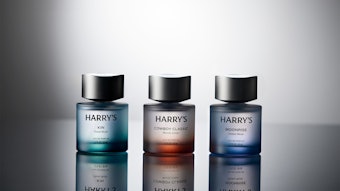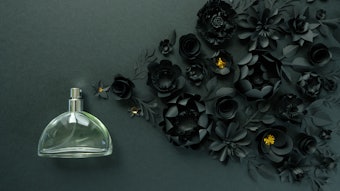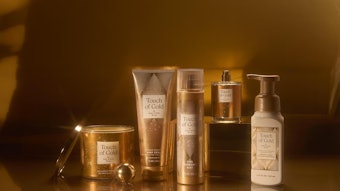Citrics I have previously mentioned important lemony, grapefruit and mandarin products like Lemonile (Givaudan), ethyl citral, the forgotten Citronile, Citralva (IFF), undecen- 2-nitrile, Thiocineol, Thioterpineol, Mandaril, the nootkatones and so many great products that allow the perfumer to have a rich choice when needing to impart a citrus effect.
In fact, there is no chemical smelling of the “key” part of lemon other than citral. We have quite a lot of chemicals smelling of orange, mandarin, grapefruit and tangerine, but either the “key” sulphur-containing molecule in lemon oil, if it exists, has not been identified, or I simply do not know about it. Citral is a special case, and often when referring to lemon chemicals we actually refer to citral chemicals.
Azuril: Since the late 1940s, when George Igolen produced nitriles parallel to aliphatic aldehydes, the search for these chemicals started with a lot of interest. The better-known nitriles are Citralva and geranyl nitrile. However, Citralva, although indeed lemony, is by far more floral and more metallic than citral, while Azuril (Aroma and Fine Chemicals Ltd.) is more delicately citrus-like with a strong tonality of lemon. In addition, the latter material is very stable under mildly alkaline conditions, as in toilet soap. The material smells very cleanly of lemon, with shades of mandarin and orange. I like it as a creative and stable lemony chemical to replace the more powerful, but more oily-green and floral, geranyl nitrile.










